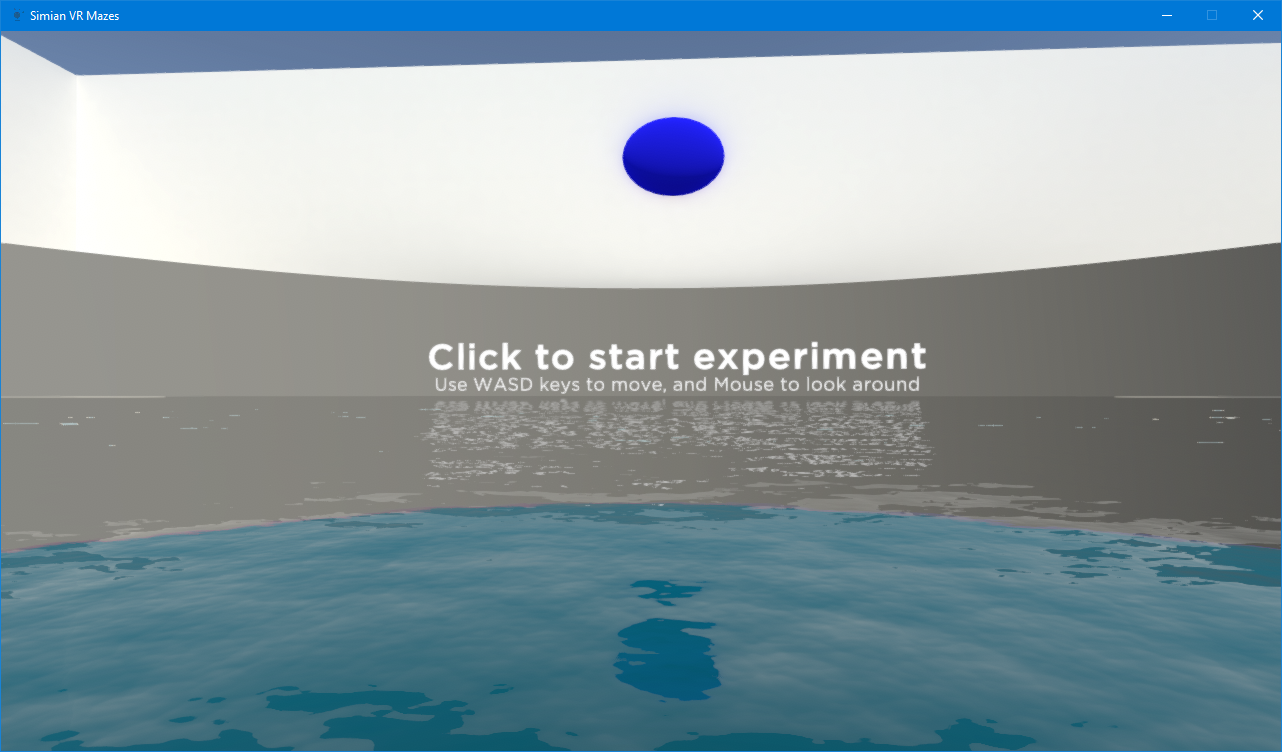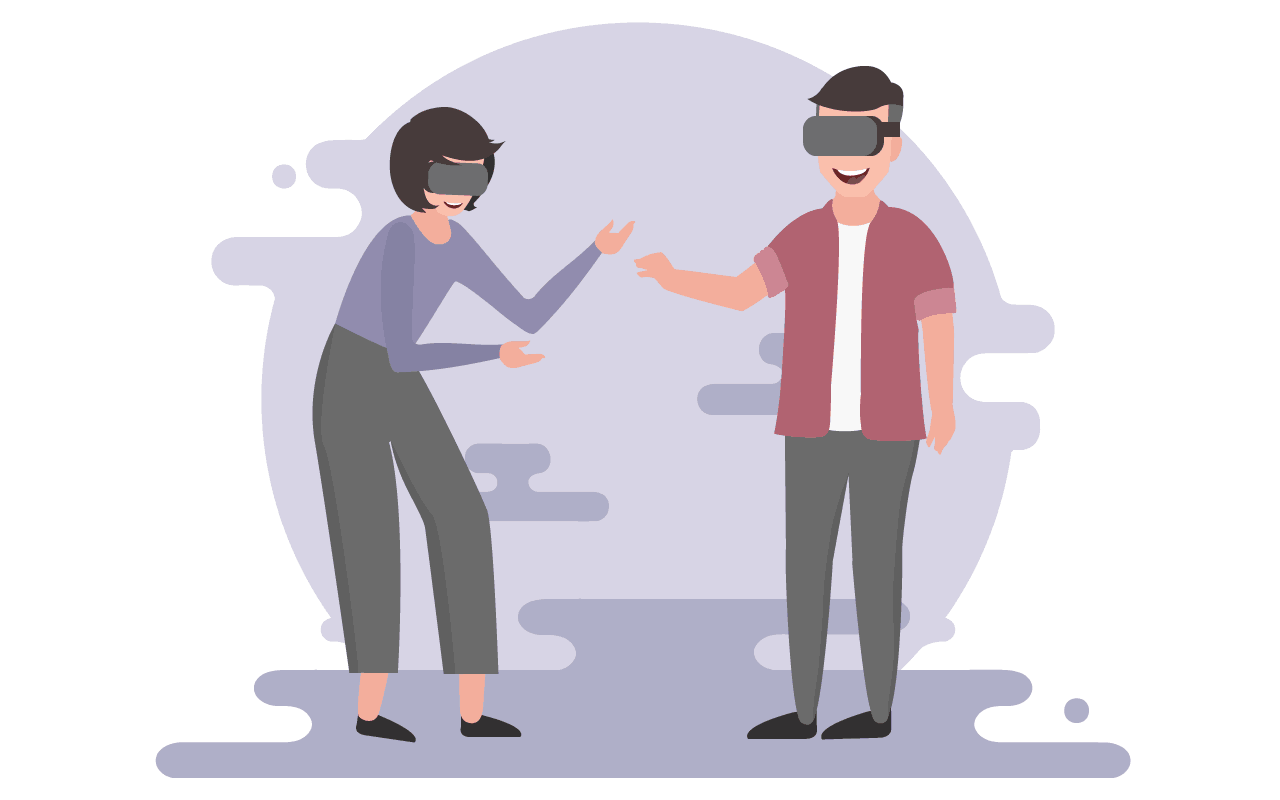In collaboration with Simian Labs, MazeEngineers is proud to offer a virtual reality Morris Water maze for researchers.
The virtual reality environment can be created as per the need of the experiment. In the Simian version multiple environments can be configured.







